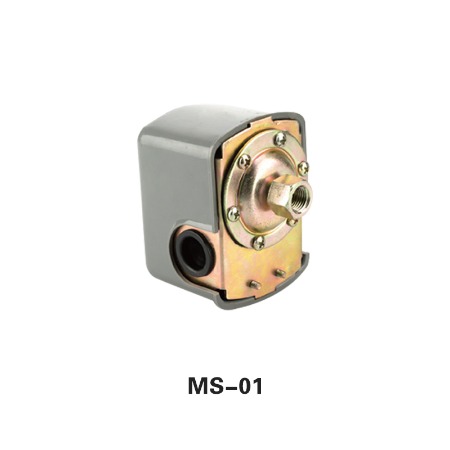
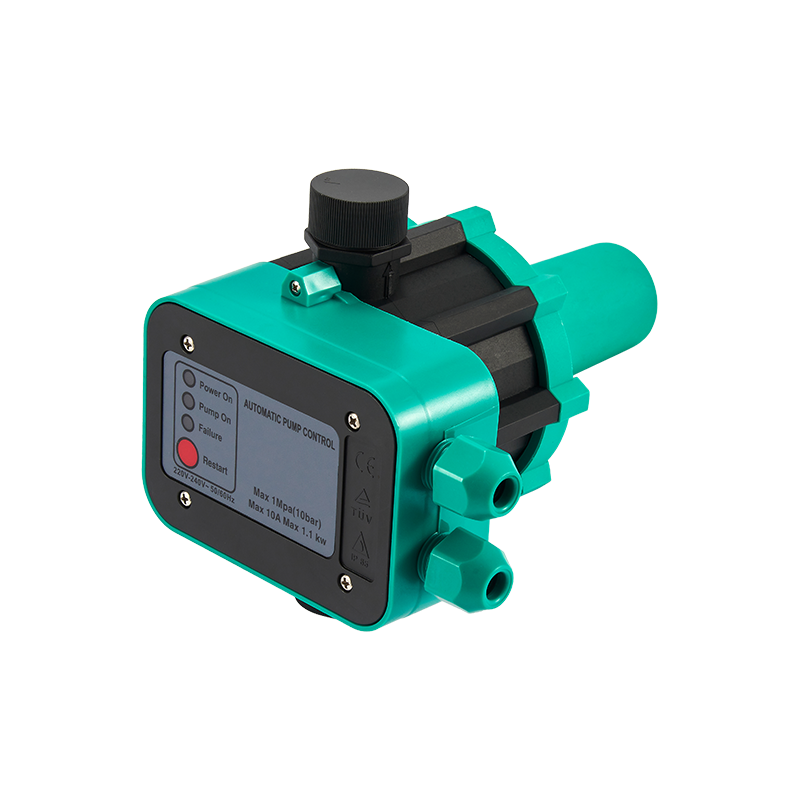
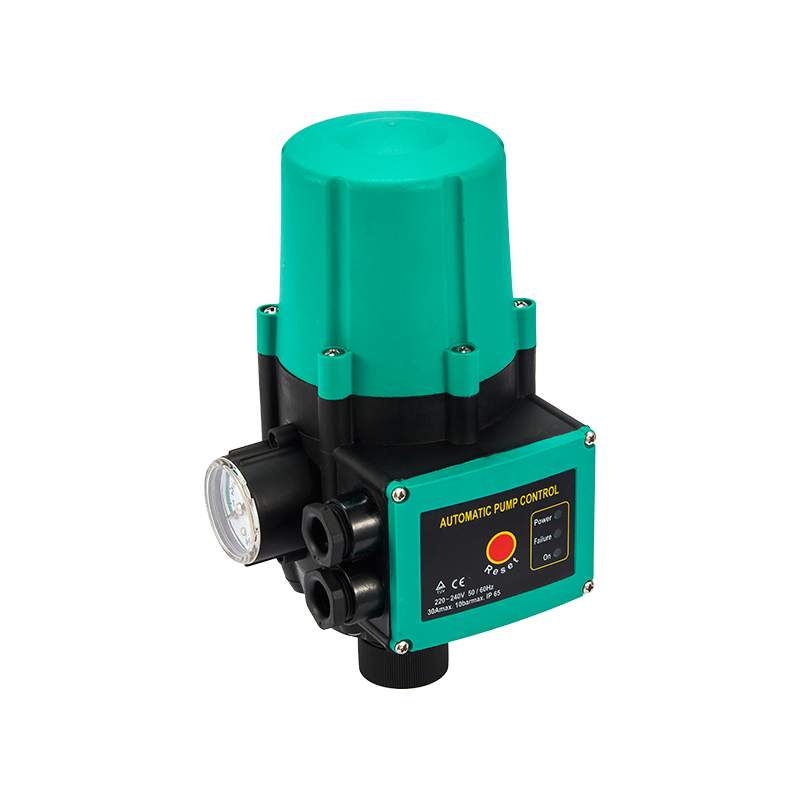
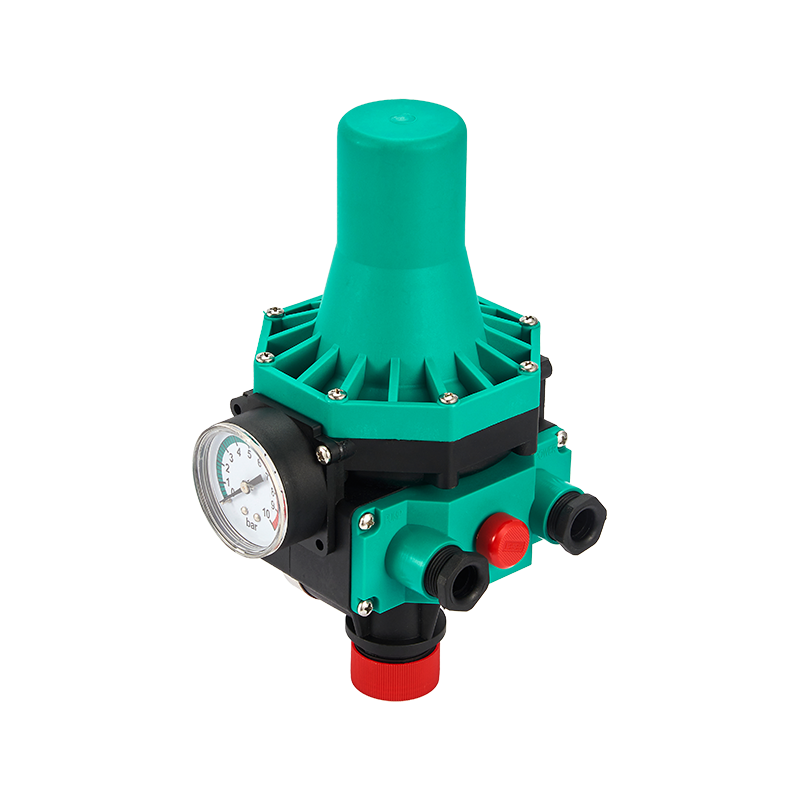
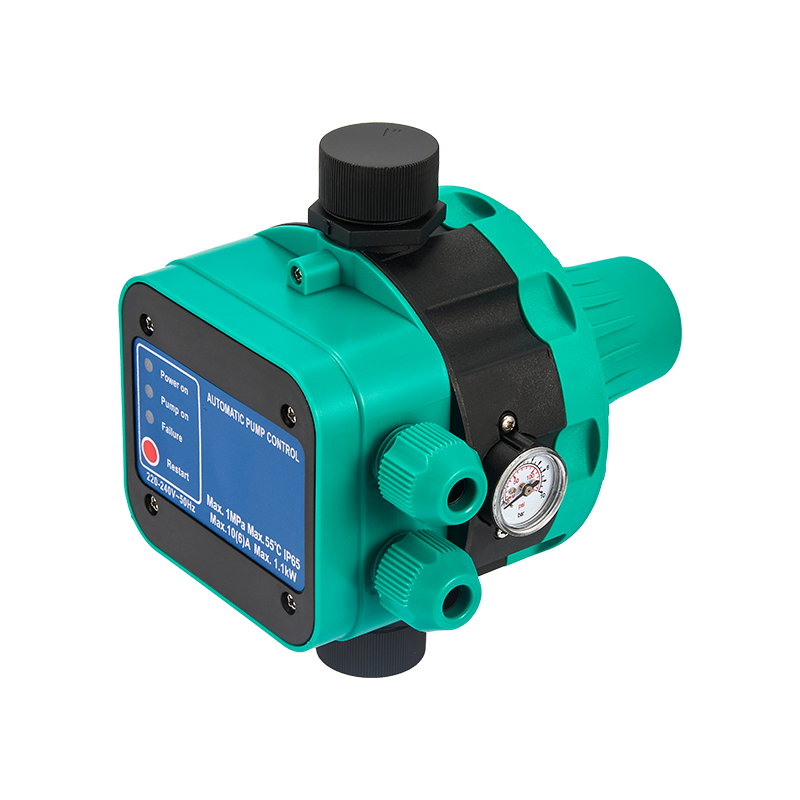
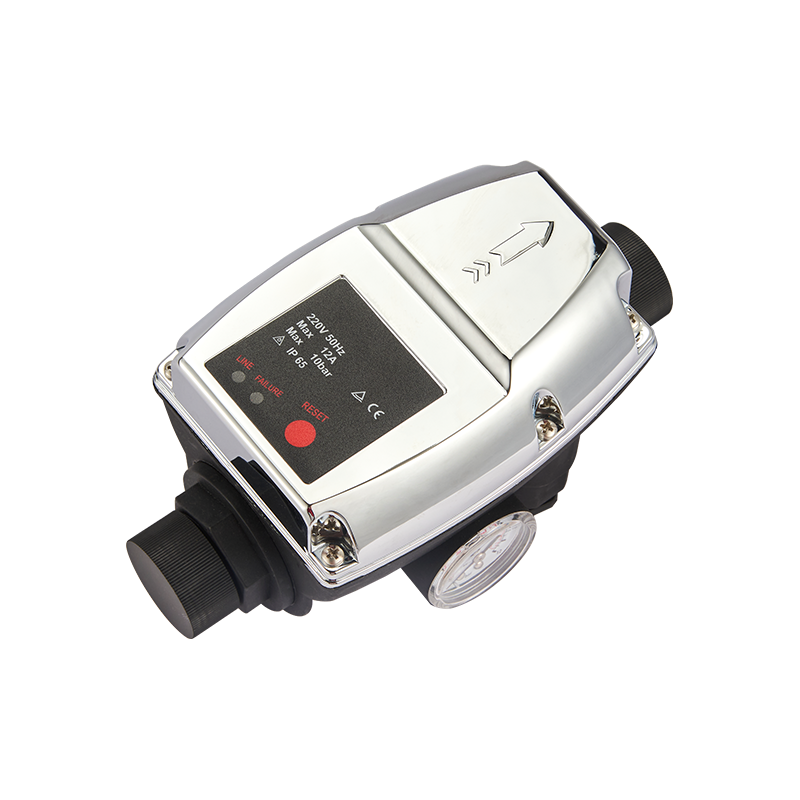
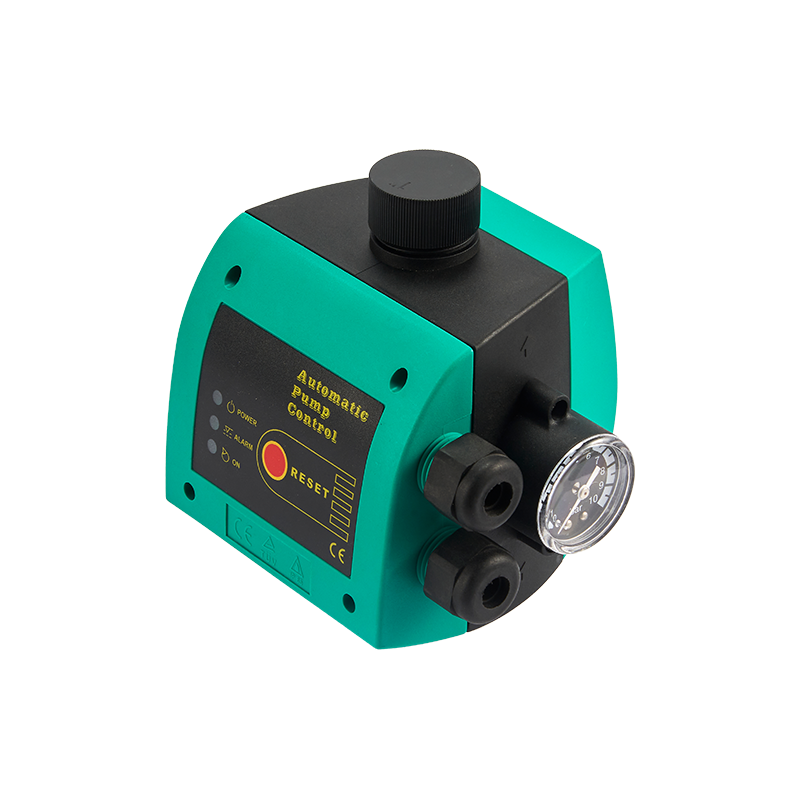
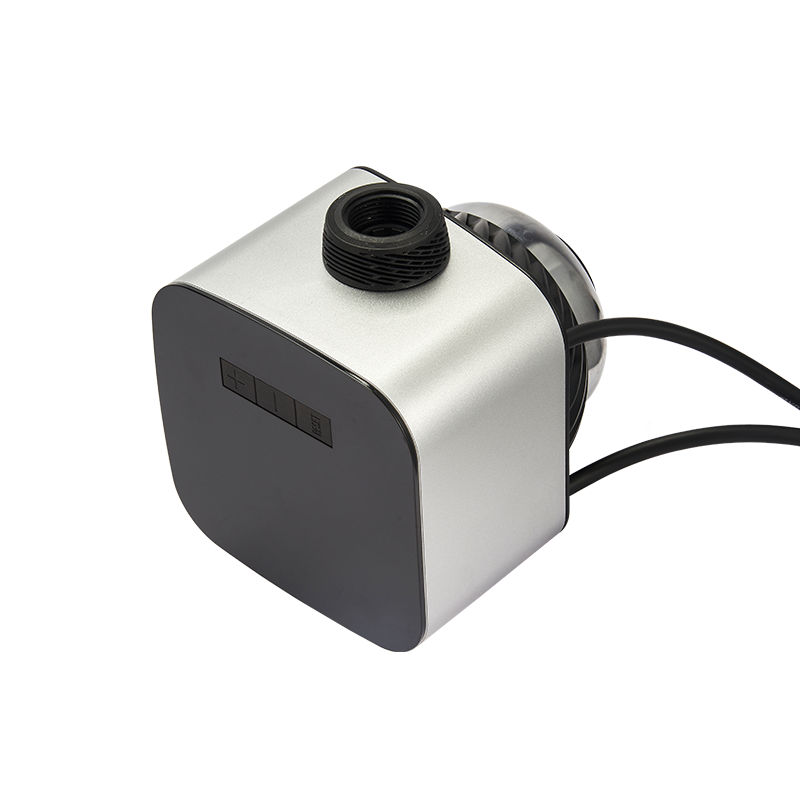
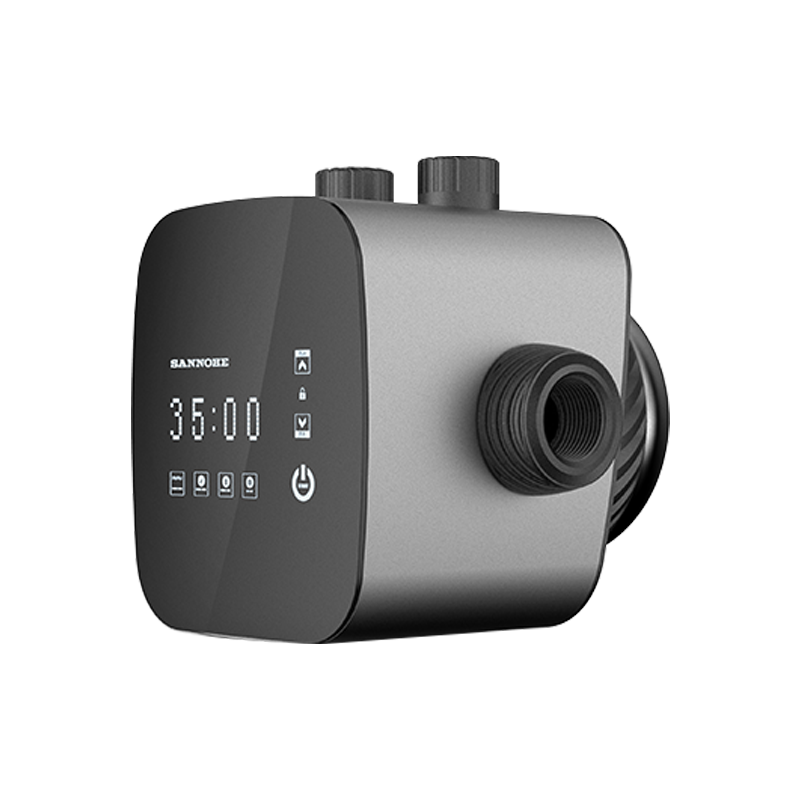
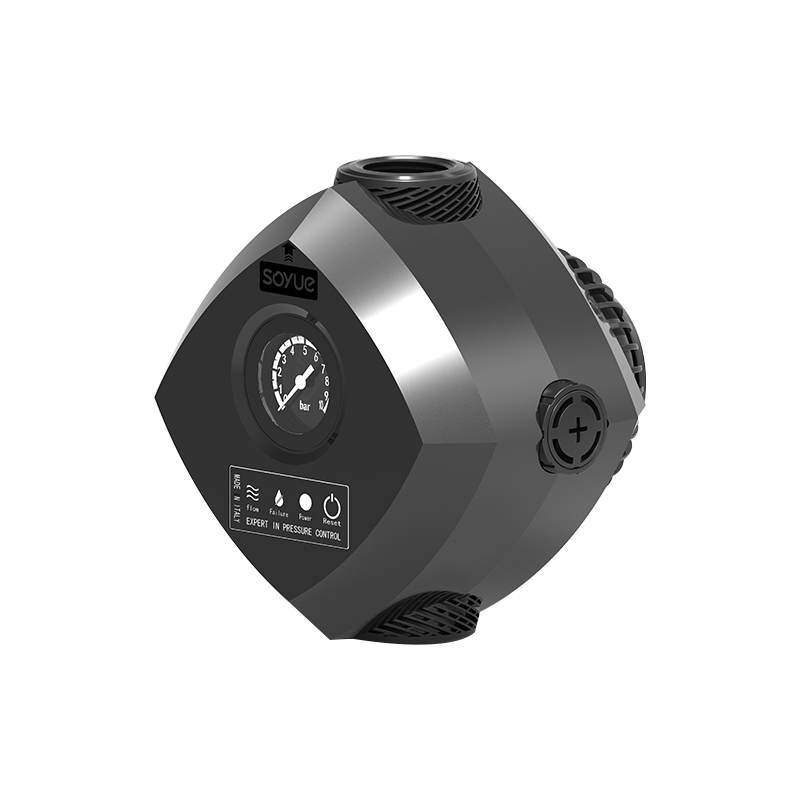
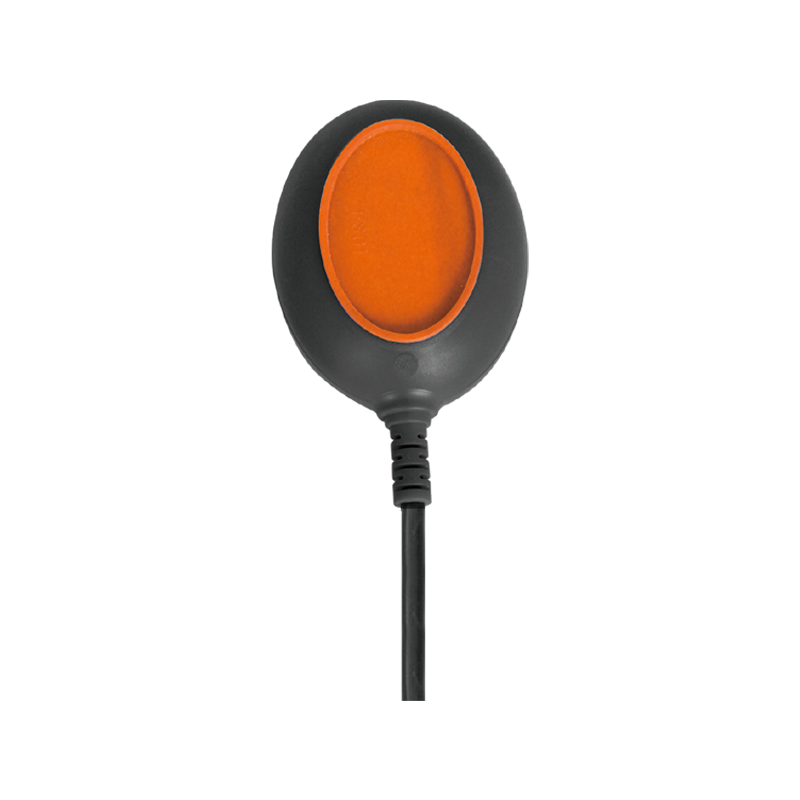
The role and sophistication of the pump controller within fluid management systems are expanding significantly across industrial, agricultural, and municipal applications. As the essential electronic brain governing pump operation, a modern pump controller does far more than simply start and stop a ...
In the operational framework of countless residential, commercial, and industrial fluid systems, a small but vital component ensures automatic control and protects equipment: the pump pressure switch. This electromechanical device serves as the central nervous system for pumps, activating and deacti...
The global industrial landscape is witnessing a significant transformation, driven by advancements in automation and smart technology. A key player in this evolution is the automatic pump controller factory, which has become a hub of innovation and precision manufacturing. These specialized faciliti...